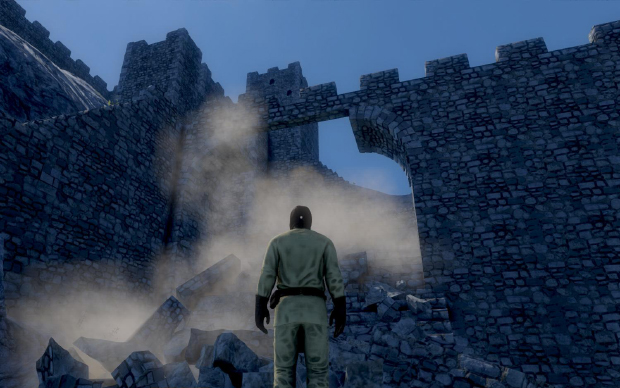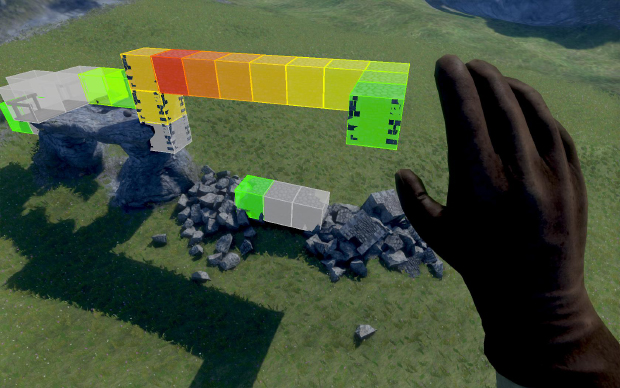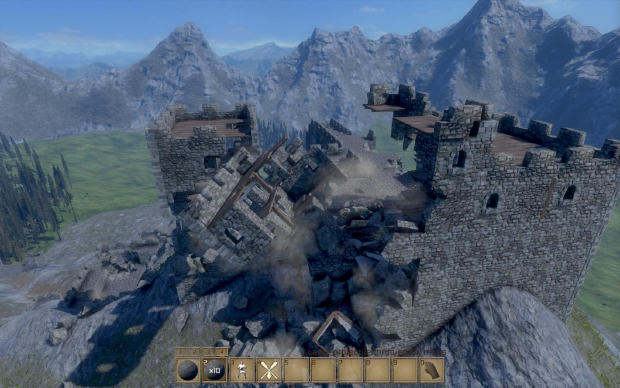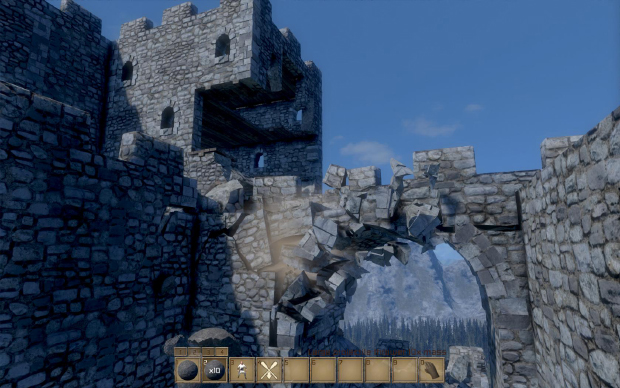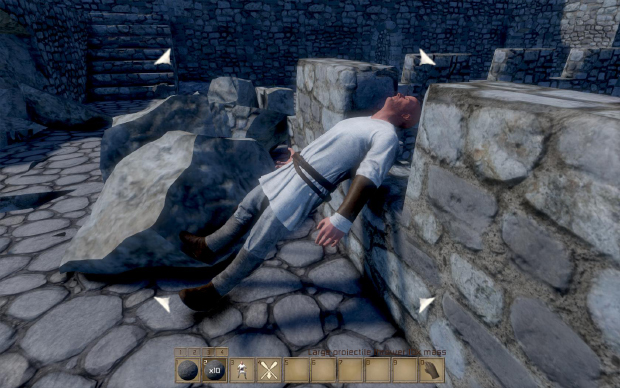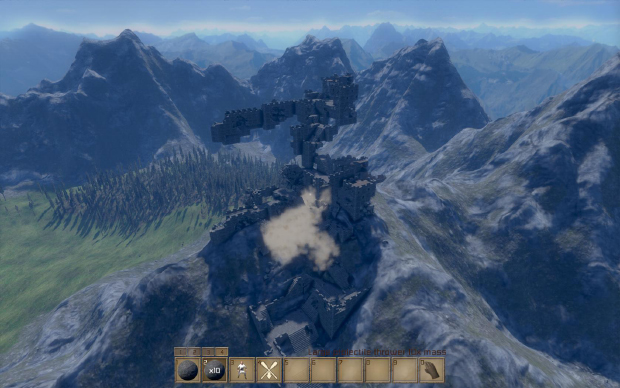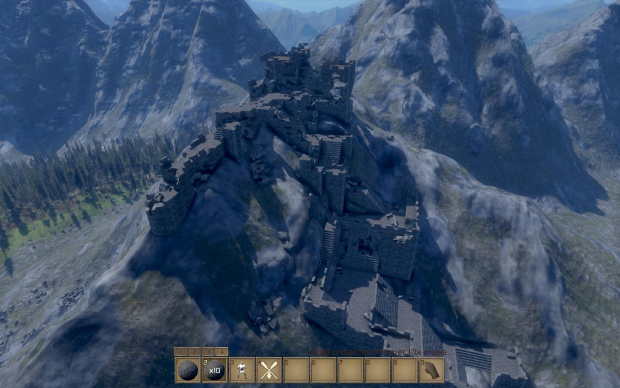Like a great many such things, some of journalism’s most precious ideals were the happy result of geography and economics. That is, in any given geography, the dominant newspaper tended towards a natural monopoly for two reasons:
- When it came to costs, the ownership of expensive printing presses and distribution channels made entrance difficult for potential competitors
- As for revenue, broad-based advertising, at least in the pre-targeting era, naturally flowed to the channel with the greatest reach
The interaction of these two economic realities made newspapers fabulously profitable and veritable cash machines; the editorial side, meanwhile, freed from the responsibility to directly make money, could instead focus on things like far-flung bureaus, investigative journalism that in many cases took months to develop, and a clear separation between the business and editorial sides of a newspaper. The latter was important not just for the avoidance of blatant corruption, but also because it imbued the editorial side with a certain responsibility to focus on stories that deserved to be written because they mattered, not because they were sensationalistic.
This last point was best exemplified by The New York Times’ famous slogan, “All the news that’s fit to print” and by the paper’s legendary Page One meetings where editors would pitch stories for inclusion on the most valuable real estate in journalism. It’s important to appreciate that this was more than just a slogan and meeting; there are important assumptions underlying this conceit:
- The first assumption is that there is a limited amount of space, which in the case of a physical product is quite obviously true. Sure, newspapers could and did change the length of their daily editions, but the line had to be drawn somewhere
- The second assumption is that journalists, by choosing what to write about, are the arbiters of what is “news”
- The third assumption is that the front page is an essential signal as to what news is important; more broadly, it’s an assumption that editors matter
With the New York Times in particular, it’s striking how deeply embedded these assumptions are. For example, as part of its response to its internal innovation report, New York Times executive editor Dean Baquet announced last month that the paper would retire the traditional Page One pitch meeting. Baquet wrote:
We’re retiring our system of pitching stories for the print Page 1. Desks will instead pitch their best enterprise pieces for digital slots on what we’re calling Dean’s List. (I didn’t come up with that name, but I like it!) Stories that the masthead selects for Dean’s List will receive the very best play on all our digital platforms – web, mobile, social and others yet to come…
It’s worth noting that the tradition of selecting Page 1 stories under the old system has long made The Times distinctive. We are seeking to preserve the rigor of this process, but update it for the digital age. Desks will compete for the best digital, rather than print, real estate.
It’s a lovely idea, and makes sense on the surface, but in fact Baquet’s proposal isn’t as groundbreaking as it seems, precisely because it preserves those old assumptions:
- The very concept of “pitching” and “competing” reflects the assumption that there is a limited amount of space available for stories
- “Enterprise stories” are stories generated by New York Times journalists (as opposed to breaking news stories)1; the fact only enterprise stories are considered for the “Dean’s List” reflects the assumption that journalists create the stories
- The prize – “the best digital…real estate” reflects the assumption that this decision matters: that prime placement on “our digital platforms” makes a difference
The problem, though, is that the Internet has not only dismantled newspaper’s geographic monopoly – and thus journalism’s business model – but it has also upended the core assumptions underlying the actual journalism:
- There is no limit on the amount of space available for stories (to put it in economic terms, the marginal cost of one more “page” is obviously zero)
- Every single person on the Internet has the same addressable market – the entire world – as the New York Times; “news” can come from anywhere
- Because of the hyperlink individual stories can be accessed without visiting the home page; this means link distribution channels, particularly social, are far more important when it comes to raising awareness of a story
I suspect this last point is the most difficult for Baquet specifically and traditional journalists broadly to truly grok: when it comes to driving traffic and deciding what matters, editors don’t really matter like they used to. Specifically, I find it fascinating that Baquet in his memo refers to social as “our digital platform”; in fact, social, at least superficially, belongs to Facebook in particular, but in practice it belongs to no one and everyone. Social is our collective consciousness, sometimes serious, sometimes silly, and always unpredictable, and there is no better example than last Thursday: the morning was dominated by net neutrality (serious!), the afternoon by escaped llamas (silly!), and the evening by “The Dress” (WTF!). And no single outlet owned Thursday, particularly The Dress, like BuzzFeed.
You almost certainly know the story: a seemingly nondescript photograph of a dress that appeared to some as being white-and-gold, and to others as being black-and-blue, was posted to Tumblr. It started to spread as folks argued about the color, but it truly took off when BuzzFeed staffer Cates Holderness created this BuzzFeed post that asked reader to vote on which color; I viewed the page when it was already at 300,000 views, mere minutes after it was posted. Just a few minutes later, the post had crossed one million, then three million, then five. BuzzFeed said the site at one point had 670,000 visitors on site simultaneously, half of them viewing the dress, and as of today, five days later, the post has had over 38 million views.
What’s interesting is how the existence and popularity of this post was made possible by BuzzFeed’s embrace of Internet assumptions:
- The photo may have seemed frivolous, but hey, why not make a post? It’s not like it cost BuzzFeed anything beyond a few minutes of Holderness’s time
- Like a huge amount of BuzzFeed’s content, the photo wasn’t produced by BuzzFeed; it was discovered on the Internet (Tumblr in this case)
- The post blew up first on Twitter, and then Facebook: millions of people were exposed directly to the link within minutes. Few if any arrived via BuzzFeed’s homepage
In fact, while it’s theoretically possible that the post could have been created anywhere, I don’t think it was an accident that it happened at BuzzFeed.
There is a famous parable in the book Art and Fear that goes like this:
The ceramics teacher announced on opening day that he was dividing the class into two groups. All those on the left side of the studio, he said, would be graded solely on the quantity of work they produced, all those on the right solely on its quality.
His procedure was simple: on the final day of class he would bring in his bathroom scales and weigh the work of the “quantity” group: fifty pound of pots rated an “A”, forty pounds a “B”, and so on. Those being graded on “quality”, however, needed to produce only one pot – albeit a perfect one – to get an “A”.
Well, came grading time and a curious fact emerged: the works of highest quality were all produced by the group being graded for quantity. It seems that while the “quantity” group was busily churning out piles of work – and learning from their mistakes – the “quality” group had sat theorizing about perfection, and in the end had little more to show for their efforts than grandiose theories and a pile of dead clay.
Perhaps the single most powerful implication of an organization operating with Internet assumptions is that iteration – and its associated learning – is doable in a way that just wan’t possible with print. BuzzFeed as an organization has been figuring out what works online for over eight years now, and while “The Dress” may have been unusual in its scale, its existence was no accident.
What’s especially exciting about BuzzFeed, though, is how it uses that knowledge to make money. The company sells its ability to grok – and shape – what works on social to brands; what they don’t do is sell ads directly2 (in a narrow sense BuzzFeed almost certainly lost money spinning up servers and paying for bandwidth to deliver “The Dress”). The most obvious benefit of this strategy is that, contrary to popular opinion, and contrary to its many imitators, BuzzFeed does not do clickbait. Editor-in-chief Ben Smith wrote last year:
Clickbait actually has its origins in old media, not the web, and specifically in the don’t-touch-that-dial antics of television and radio. Because you won’t believe what happens next…after the break. It’s a pretty rough consumer experience to demand your audience sit through an ad, online or off. The banner ad, whose decline Farhad Manjoo recently celebrated, was also born during this era and created a business model in which clicks are tied directly to dollars — something many people assume is still how all online publishers make their money. But BuzzFeed has never sold a banner, and I couldn’t even tell you how many monthly page views we get. And so our business model at least moderates that incentive to drag every last click out of our audience.
If your goal — as is ours at BuzzFeed — is to deliver the reader something so new, funny, revelatory, or delightful that they feel compelled to share it, you have to do work that delivers on the headline’s promise, and more. This is a very high bar. It’s one thing to enjoy reading something, and quite another to make the active choice to share it with your friends. This is a core fact of sharing and the social web of Facebook, Twitter, Pinterest, and other platforms.
In short, by not making money from display ads, and by extension deprioritizing page views, BuzzFeed incentivizes its writers to fully embrace Internet assumptions, and just as importantly disincentivizes pure sensationalism. There is no self-editing or consideration of whether or not a particular post will make money, or if it will play well on the home page, or dishonestly writing a headline just to drive clicks. The only goal is to create – or find – something that resonates.
BuzzFeed is the best at viral content because they don't (directly) make money from it.
— Ben Thompson (@monkbent) February 27, 2015
More importantly, with this model BuzzFeed has returned to the journalistic ideal that many – including myself – thought was lost with the demise of newspapers’ old geographic monopolies: true journalistic independence. Just as journalists of old didn’t need to worry about making money, just writing stories that they thought important, BuzzFeed’s writers simply need to write stories that people find important enough to share; the learning that results is how they make money.3 The incentives are perfectly aligned.
It’s not just journalistic independence though; all the other accoutrements of the golden age of newspaper journalism – international correspondents, long-running investigations, so on and so forth – flow from the fact that BuzzFeed is building something sustainable. A perfect example comes from an unexpected place: How The New York Times Works, a deeply-reported feature that ran last month in Popular Mechanics. The author sat in on the aforementioned Page One meeting:
[Tom] Jolly, the paper’s associate masthead editor—one of the most senior positions in the newsroom…turns over the floor to an editor from international, who has a piece about the ransom demanded by Islamic State militants for James Foley, the journalist who had recently been beheaded in Iraq. It’s an obvious candidate for the paper’s top story — front page, top-right corner — but some editors have concerns…
The Times is occasionally mocked for its staid and deliberate pace, but it is in moments like these that the seriousness with which it approaches every aspect of its operation becomes clearest. There are few organizations with the resources to spend such time and consideration on stories that aren’t primed to go viral — though search-engine optimization and other tricks of the digital age do receive plenty of consideration. When the conversation turns to a vivid story from Liberia, where Ebola has overtaken a particular neighborhood in Monrovia, one editor proudly reports that she believes the Times is the only outlet with a reporter on the ground, which makes everyone happy until another editor says, “I think BuzzFeed actually has somebody there.” There is momentary silence.
This – like the post about The Dress – is not simply a happy coincidence. The world needs great journalism, but great journalism needs a great business model. That’s exactly what BuzzFeed seems to have, and it’s for that reason the company is the most important news organization in the world.
- In 2005 then-public editor Byron Calame wrote about The Origin of Enterprise Stories
- By ads I mean the sort of display ads you see on just about every other publishing site; your typical BuzzFeed page will have links to stories they have created for brands for pay
- Specifically, BuzzFeed makes money by creating BuzzFeed-type stories for brands; in some respects they’re an advertising agency (and how they scale long term is an open question)
The post Why BuzzFeed is the Most Important News Organization in the World appeared first on stratechery by Ben Thompson.










